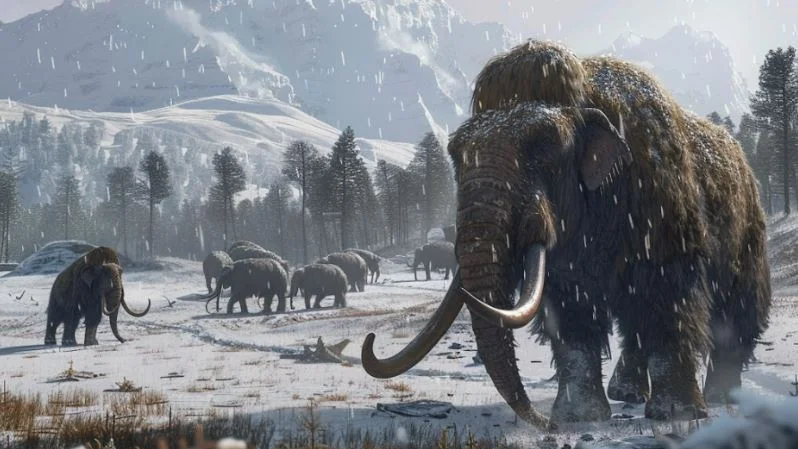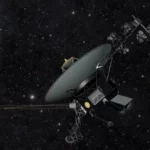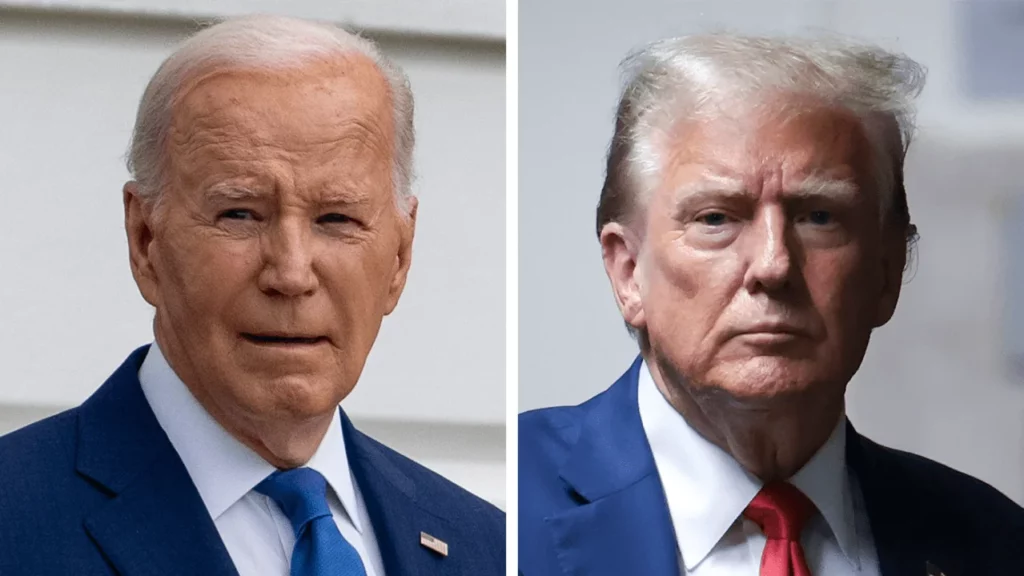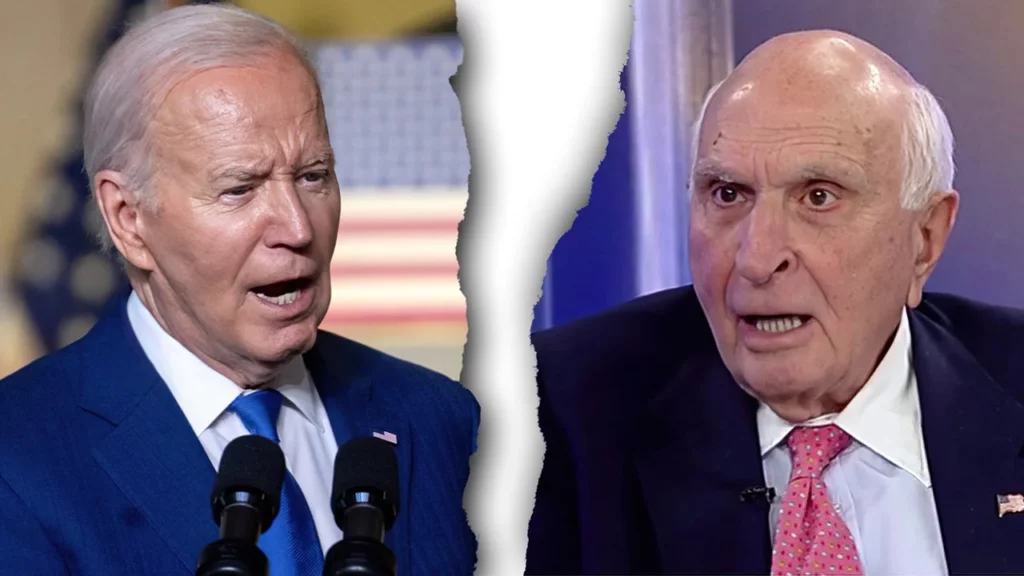Mammoth Revival Leap: A Glimpse into the Future of De-Extinction
The saga of the woolly mammoth, thought to have concluded 4,000 years ago, is on the brink of an extraordinary reversal. Spearheaded by George Church’s Colossal Biosciences, a groundbreaking initiative aims to bring the mammoth back to the Arctic tundra by genetically modifying Asian elephants. This effort isn’t just a scientific marvel; it’s a beacon of hope for the preservation of endangered species and biodiversity restoration.
Stemming from the Past: A Colossal Challenge
Colossal’s journey began with the harvesting of DNA from well-preserved mammoth carcasses discovered in Siberia’s permafrost. By pinpointing the genetic differences between these ancient giants and today’s Asian elephants, scientists plan to edit elephant stem cells to resurrect the mammoth’s distinct traits. However, the path to de-extinction is fraught with complexities, from ethical quandaries to the intricacies of elephant reproduction. The recent success in creating the first elephant stem cells marks a significant, though initial, victory in this colossal endeavor.
Into the Future: Ethical and Ecological Considerations
The implications of reintroducing the mammoth extend beyond scientific achievement. This project forces us to confront ethical issues surrounding de-extinction and the responsibility of managing revived species. Moreover, the potential ecological impacts and benefits, such as revitalizing barren tundra ecosystems, are vast. Yet, the initiative also raises questions about the social and environmental needs of these ancient creatures in a modern world.
As Colossal Biosciences advances, the dream of mammoth de-extinction exemplifies the thrilling possibilities at the intersection of genetics, ethics, and environmental stewardship. What was once the domain of science fiction is increasingly within the realm of reality, promising a future where the past breathes anew.
Will the mammoth once again roam the Earth, and if so, what world will greet it? The answers lie at the heart of an ambitious quest to bridge millennia, challenging our perceptions of life, extinction, and our role in nature’s grand tapestry.






